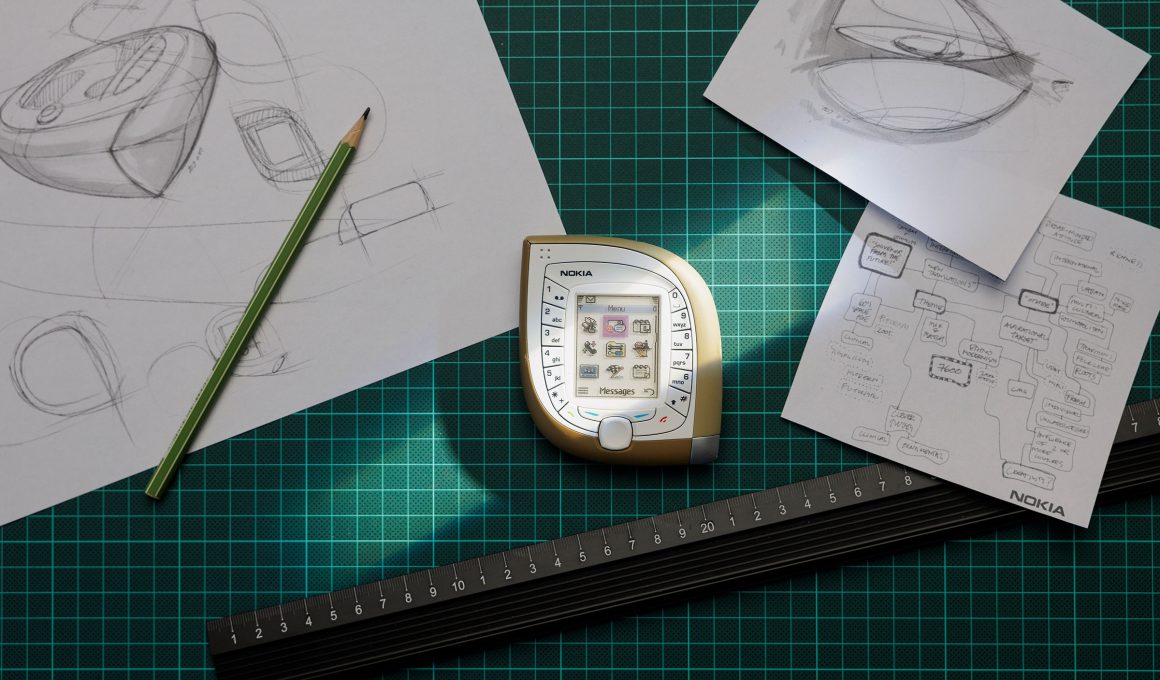Aalto University in Finland is set to unveil the Nokia Design Archive, an online portal that will spotlight the pioneering designs from the early days of mobile phone technology. This archive will house over 700 documents, showcasing both iconic models and previously unseen prototypes from the Nokia brand. Visitors can expect to find a treasure trove of ideation sketches, presentations, advertisements, and interviews with the designers who brought these devices to life.
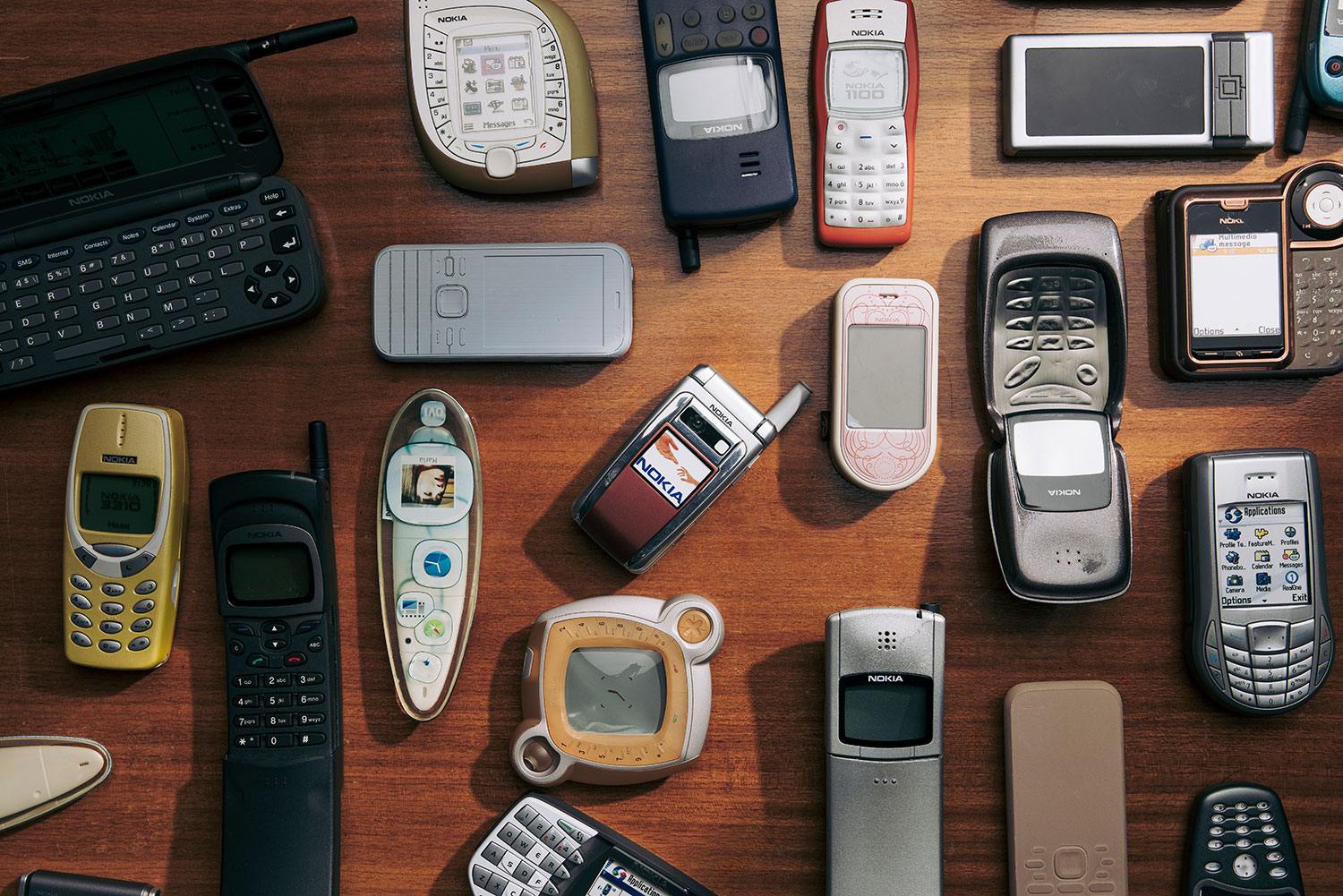
Curated by a dedicated research team at Aalto University, the archive draws from a vast collection of around 20,000 items licensed from Microsoft Mobile, the subsidiary formed after Microsoft’s acquisition of Nokia in 2014. Among the notable designs featured are the legendary 3310 “brick phone,” a staple of the early 2000s, and the distinctive 8110 “banana phone,” recognized for its unique curved shape. The collection also includes the quirky 7600 “mango phone,” a 2003 creation that intriguingly merged the features of a phone and a gaming controller.
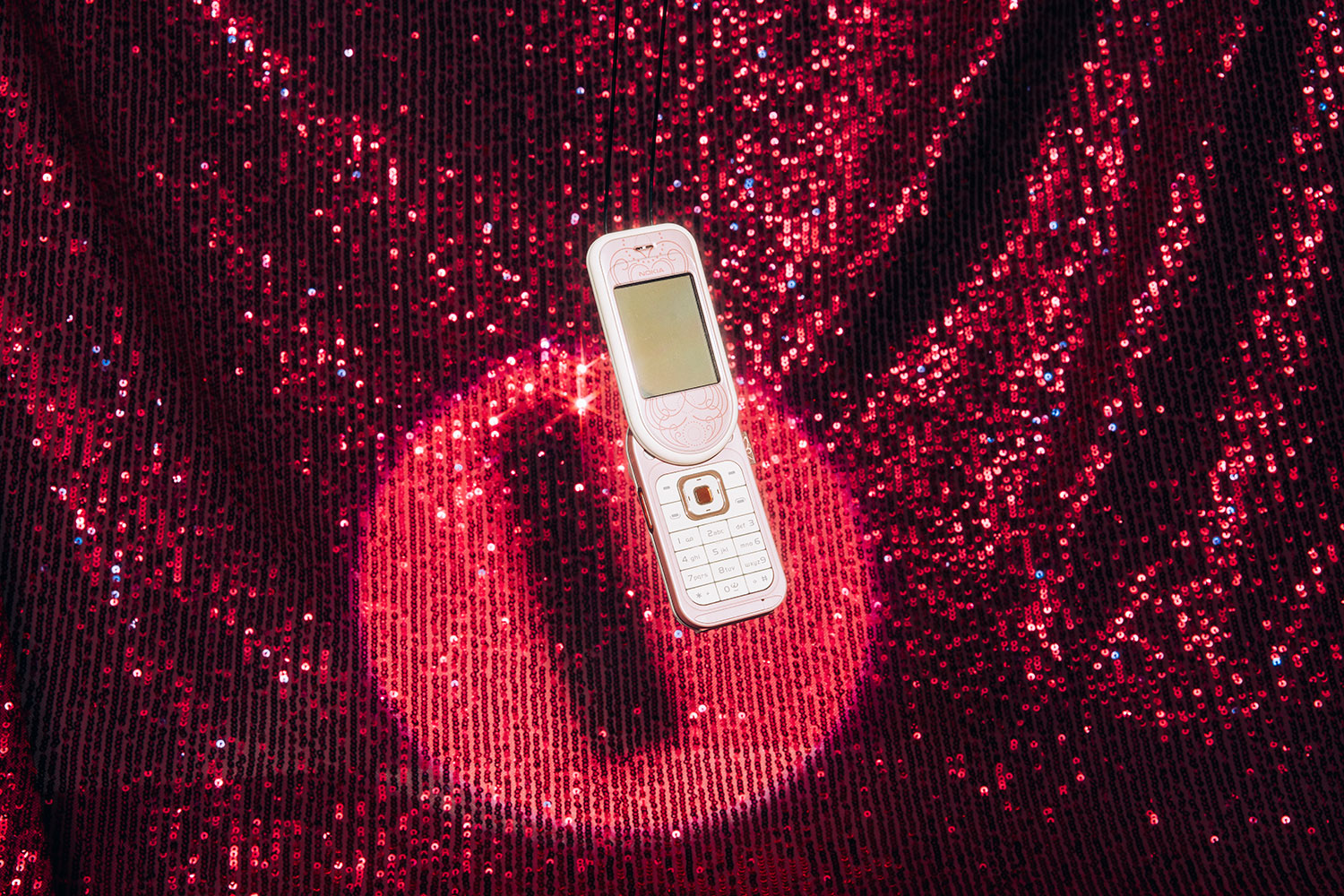
Spanning from the mid-1990s to 2017, the portal delves into the significant contributions of Nokia’s designers and decision-makers in shaping the technology that permeates our lives today. Once Finland’s largest company, Nokia’s influence is evident in the early concepts of social media, augmented reality, QR codes, and wearable health technology found within the archive. As post-doctoral researcher Kaisu Savola notes, “Nokia was in a similar position in the ’90s as Samsung or Apple are today,” emphasizing the profound impact these corporations have on our daily lives. The project ultimately reveals that technology is not just a product of our environment; it is also a reflection of the people behind it.
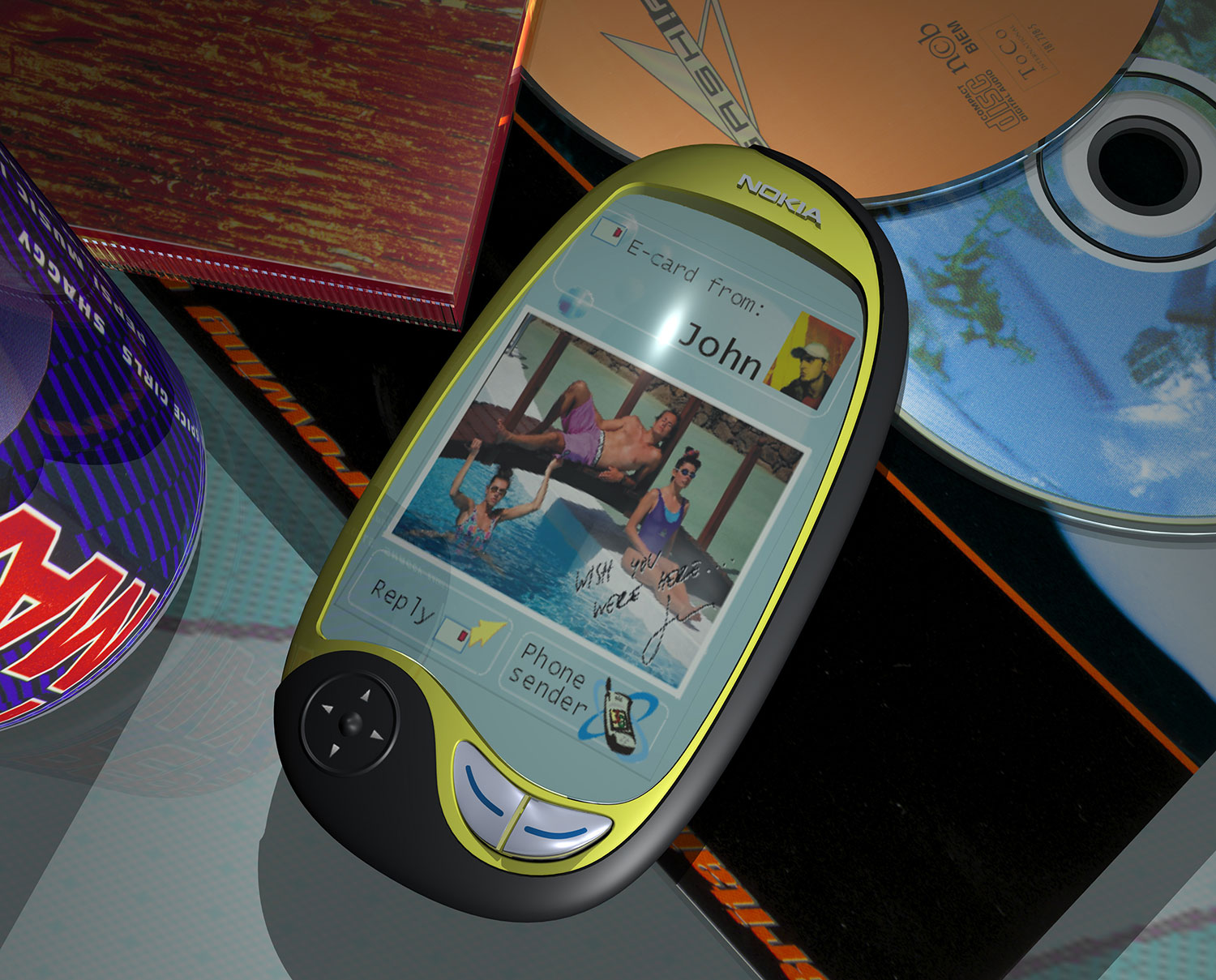
Nokia once held the title of Finland’s largest company, and researchers have discovered that its archives contain early glimpses of social media, augmented reality, QR codes, and wearable health technology. “In the ’90s, Nokia was in a position similar to where Samsung or Apple stand today,” noted post-doctoral researcher Kaisu Savola. “These major corporations significantly influence our lives through their innovations.”
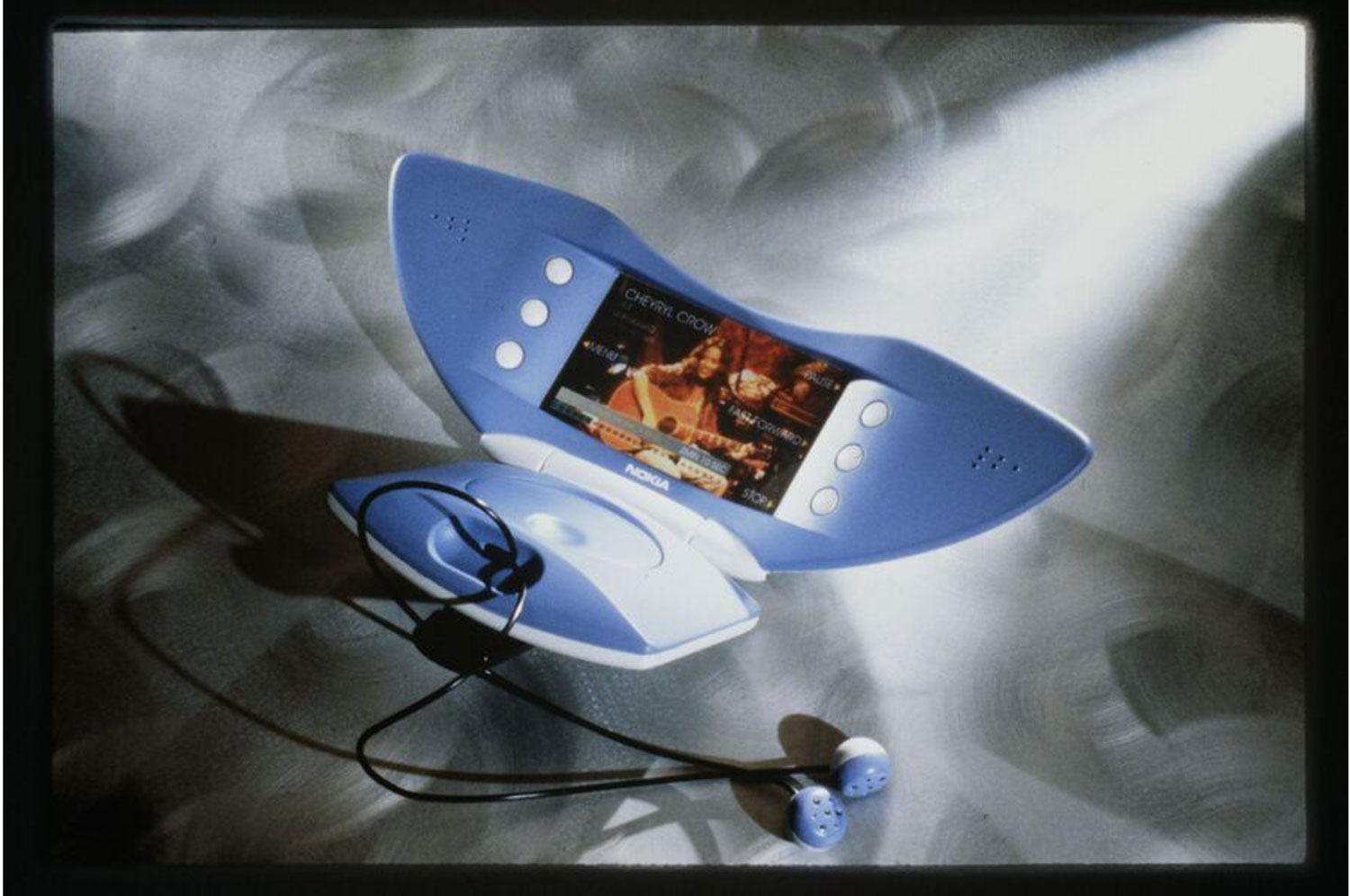
Savola emphasized that technology is a two-way street: it shapes us, and we, in turn, shape it. Initially, the research project focused on physical objects, but as the team delved into the materials, they recognized the human stories intertwined with them. The research team, composed of designers, design historians, and scholars in organization and management, worked diligently to curate the portal. Lead researcher Anna Valtonen described the experience of sorting through a “van full” of unarchived items, which were in complete disarray.
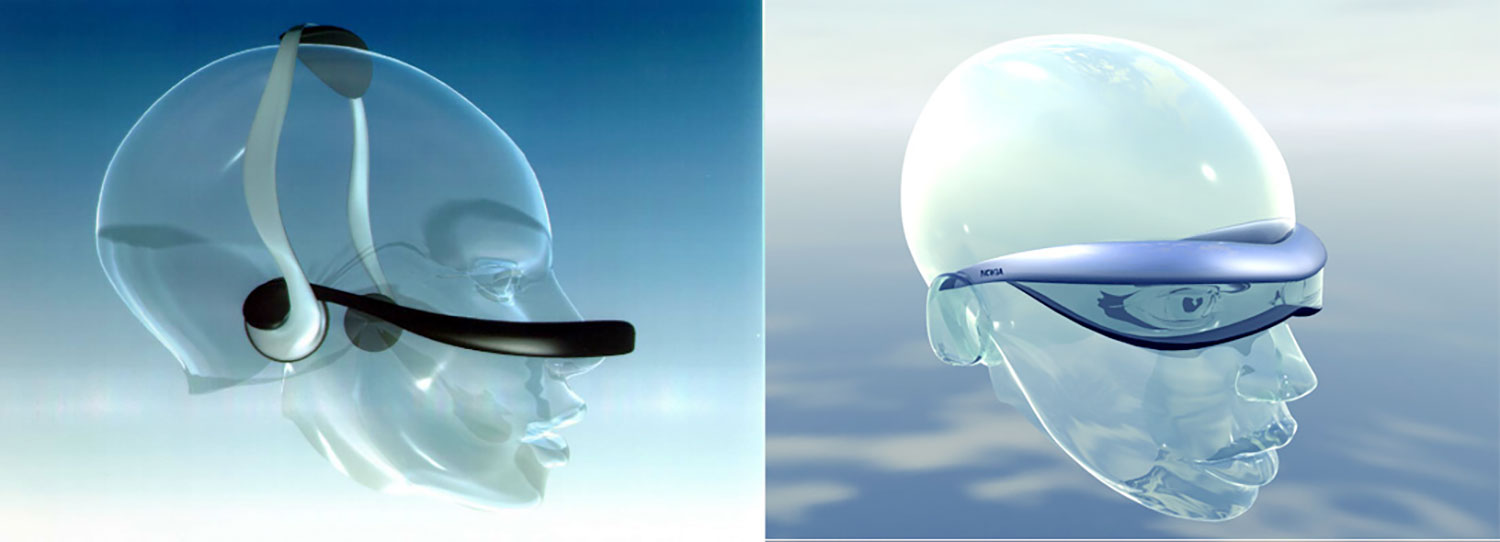
“I found myself oscillating between joy and despair due to the sheer volume of work ahead,” Valtonen shared. “The materials highlight the necessity of fostering an organizational culture that encourages experimentation and enjoyment in the creative process.” She stressed the importance of understanding our surroundings and envisioning future possibilities, especially during times of change.
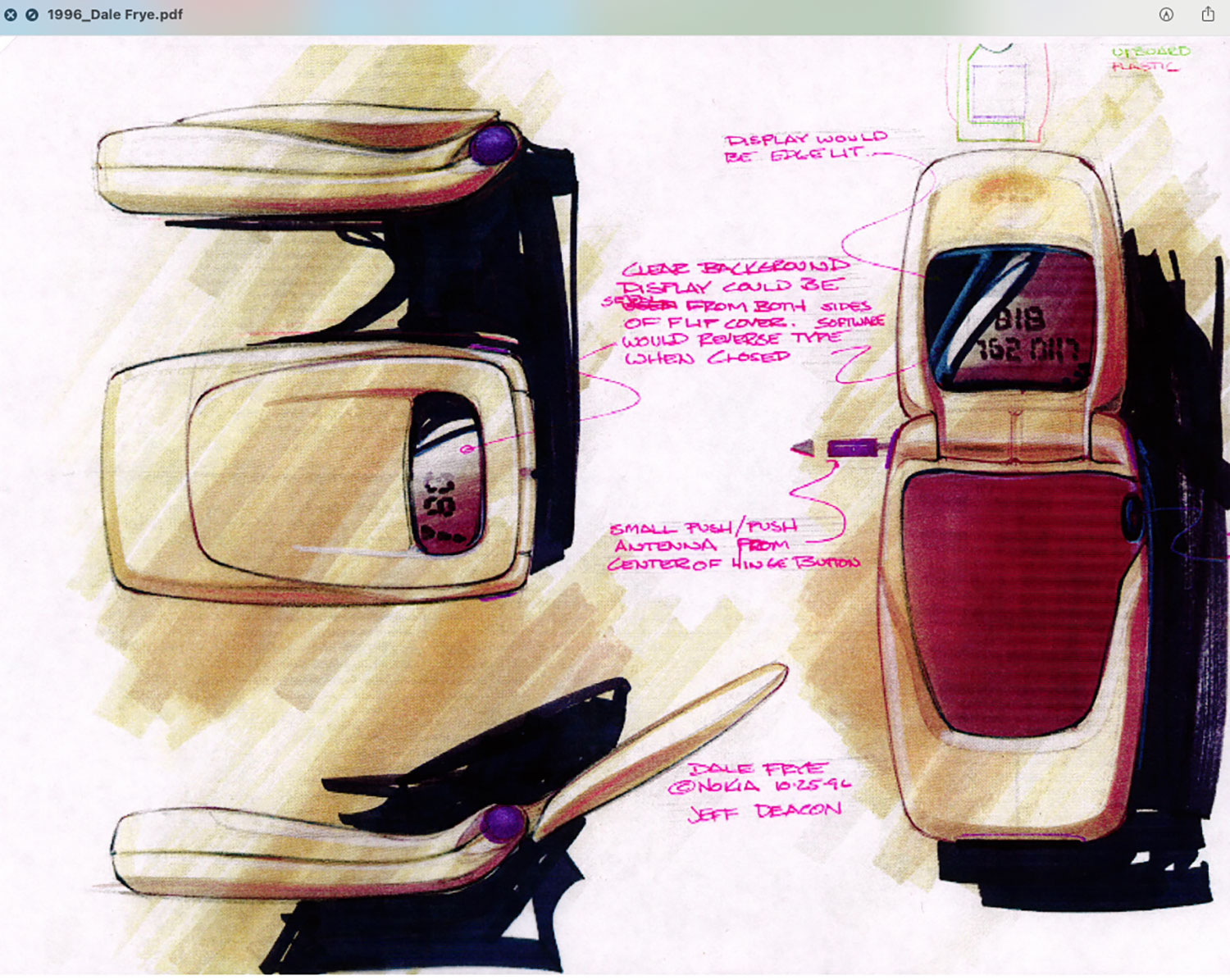
In Finland, there is a tradition of openness regarding large data sets, yet the narratives behind those numbers often go unnoticed. “The emphasis tends to be on quantitative data, but what about the human element?” Valtonen questioned. “How do people perceive these innovations? How are ideas integrated into society? From a scientific standpoint, we need more qualitative empirical material.”
The Nokia Design Archive will be available to the public starting January 15, 2025, on the Aalto University website, while the broader uncurated collection can be accessed in person by appointment at the Aalto University Archives in Greater Helsinki.






